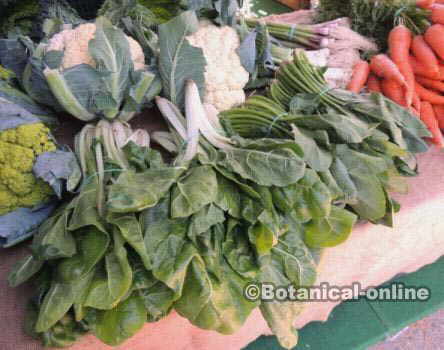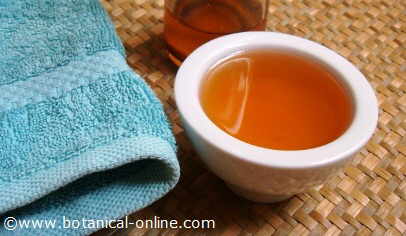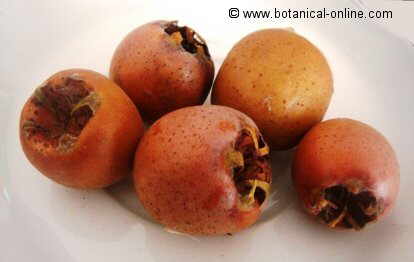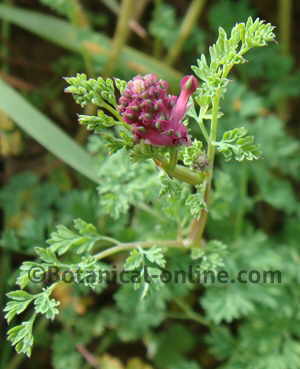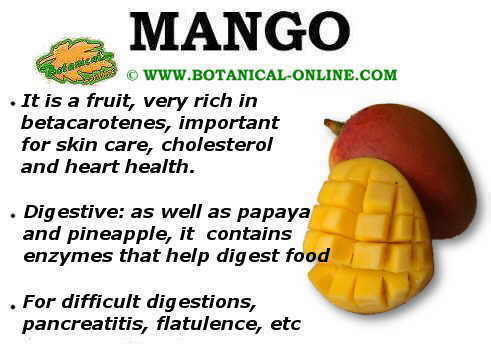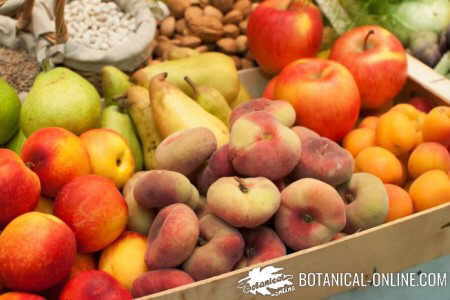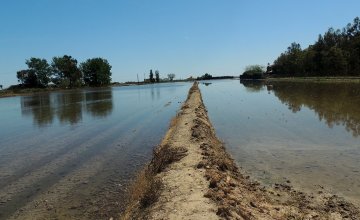Contents
What is a purple yam plant?
Purple yam characteristics
| Botanical classification | |
| Kingdom | Plantae |
| Subkingdom | Tracheobionta Vascular plants |
| Superdivision | Spermatophyta Seed plants |
| Division | Magnoliophyta or Angiosperms Flower plants |
| Class | Monocotyledons |
| Order | Dioscoreales |
| Family | Dioscoreaceae |
| Gender | Dioscorea |
| Species | D. alata |
Common English name: Purple yam, greater yam, winged yam, water yam, white yam, purple or white yam, guyana arrowroot, ten-months yam.
Scientific name: Dioscorea alata L.
Other taxonomic names:
– Dioscorea aculeata L.
– Dioscorea fasciculeata Roxb.
– Dioscorea sativa auct.
– Dioscorea esculentus Lour.
– Dioscorea colocasiifolia Pax.
– Dioscorea sapinii De Wild.
Family: Dioscoreaceae.
Origin: At present, there are over 600 species of yam (Dioscorea spp.) Making it difficult to determine its origin. It is believed that common yam comes from the islands of Indonesia.
Habitat: Wild specimens of D. alata are not known, anywhere in the world. This species has been cultivated for centuries.
Distribution: Tropical crop. Historically, spread from Asia to the African continent, where it was exported to America through the slave trade. At present, the world’s leading producer in West Africa, followed by Southeast Asia, Pacific Islands and Caribbean region. The most cultivated species is Dioscorea alata.
Yam characteristics
Water yam or purple yam (Dioscorea alata) is the main food crop of the genus Dioscorea. This is important in the regions of the tropics, where it is grown for food.
It is a perennial climber, but it is grown as an annual. It has swollen roots or tubers corms, which are formed from the vines, leaves, roots and stolons of the plant.
The leaves are large, up to 25cm. long, heart-shaped and bright green. The veins are marked. Many varieties have purple shades in limbo.
The plant produces tubers and bulbils (aerial tubers), which arise from the leaf axils. These are cylindrical and rich in carbohydrates, which enable the plant to survive in very dry climates.
Yam cultivation is intended to obtain tubers and bulbs for food.
* More information: see yam cultivation in the listing below.
Description of purple yam
Yam is a dioecious plant, with female flowers (most common) and male flowers. The flowers are arranged in clusters, and bloom at irregular times, which is why it makes the process of pollination. This is the main factor by which the yam does not produce fruit and seeds in most cases.
The low reproductive activity of the plant is the reason why yam has been domesticated since ancient times (some authors cite since 100a.C.) and follows the tradition of reproducing vegetatively by the tubers.
The tubers are cylindrical in shape, size and color and variable. They can reach 5 – 10kg. The flesh is white, yellow or purple, depending on variety, and rough skin, sometimes with rootlets.
The fruit is a capsule, hard, bright, 2 – 3cm. in diameter.
Used parts
- Tuber: They are consumed cooked, as yam oil is not digestible and presents toxicity.
* More information: see Yam toxicity in the listing below.
Uses of purple yam
- Edible food: Purple yam is mainly used in food as an important source of carbohydrates. Purple yam is mainly consumed in Asia and the U.S., while other species like D. rotundifolia and D. bulbifera are typical of Africa. However, in some areas where it is common, this tuber has been displaced the sweet potato (Ipomoea batatas) and cassava (Manihot sculenta), plants with lower cost of cultivation.
- Fodder: surplus tubers can be used to produce animal feed, although its use is rare due to the high cost of cultivation. The skins resulting from production processes such as yam flour or other products used for the manufacture of feed for cattle.
- Production of fructose: recently, yam is being studied for manufacturing fructose sweeteners. This is due to the rising price of corn and sugar cane produced by demand for ethanol fuels made from them. Yam provides good taste and for the production of fructose.
- Production of pharmaceuticals: only wild yam (D. villosa) and two cultivated species (D. Composite and D. floribunda) are rich in steroid saponins, which through laboratory processes are converted into raw material for manufacturing oral contraceptives, hormone and cortisone. The winged yam is not used for such purposes as its medicinal content is lower.
- Production of bioplastics: from yam starch polylactic acid is obtained, which is used to make biodegradable plastics and suture material.
Active components of yam
The main component of yam are the complex carbohydrates it contains. These are easily digestible carbohydrates, which are taken as a tonic food and are excellent in an athlete’s diet.
- The tuber contains 1-4% protein. However, it must be combined with other foods to achieve a quality protein intake.
- The fat content is very low.
- Most remarkable is its fiber content.
- Yam is a food rich in B vitamins, especially thiamine and niacin, which prevents diseases such as beriberi in populations where consumption of cereals is poor in a time of year.
For its vitamin C and its storage capacity, this was a favored food at sea with antiscorbutic properties.
- Minerals: It contains potassium, phosphorus, magnesium, sodium, iron, boron, manganese. Being rich in potassium, this is a restricted food in people with kidney failure.
* Related: daily vitamin needs.
- Oxalates, which decrease in the firing process (discard water).
- Purple or purple varieties owe their color to the anthocyanins content (cyanidin glycosides), a plant pigment that also offers antioxidant and it is protective to sight.
- Common yam tubers contain low amounts of a toxic bitter alkaloid,, diosgenin, which disappears in cooking.
- Malic acid, ferulic acid
Composition of yam tuber per 100g. | |
| Nutrient | Content |
| Calories (kcal.) | 118 |
| Carbohydrates (g.) | 27,89 |
| Proteins (g.) | 1,53 |
| Fat (g.) | 0,17 |
| Fiber (g.) | 4,1 |
| Vitamin C (mg.) | 17,1 |
| Vitamin B1 or thiamin (mg.) | 0,11 |
| Vitamin B2 or riboflavin (mg.) | 0,03 |
| Vitamin B3 or niacin (mg.) | 0,55 |
| Pantothenic acid (mg.) | 0,31 |
| Vitamin B6 o pyridoxine (mg.) | 0,29 |
| Folate (mcg.) | 23 |
| Calcium (mg.) | 17 |
| Magnesium (mg.) | 21 |
| Phosphorus (mg.) | 55 |
| Sodium (mg.) | 9 |
| Potassium (mg.) | 816 |
| Iron (mg.) | 0,54 |
| Zinc (mg.) | 0,24 |
| Copper (mg.) | 0,18 |
| Selenium (mcg.) | 0,70 |
| Water (g.) | 69,60 |
![]() More information about yam.
More information about yam.

